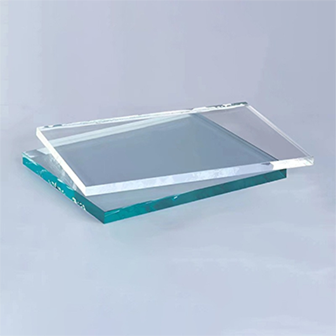Nov . 18, 2024 04:02 Back to list
Understanding the Key Differences Between Regular Glass and Tempered Glass
The differences between regular glass and tempered glass are significant, particularly in terms of strength, safety, and manufacturing processes. Understanding these differences is essential for anyone considering which type of glass to use in various applications.
Regular glass, often referred to as float glass, is manufactured through a process where molten glass is floated on top of molten tin, resulting in a smooth, uniform thickness. While regular glass is versatile and widely used in homes and buildings, it is inherently weak and susceptible to breaking under stress. When regular glass shatters, it tends to break into sharp, jagged shards, which can pose serious safety risks to individuals nearby.
In contrast, tempered glass undergoes a special thermal treatment that enhances its strength. The process involves heating the glass to high temperatures and then rapidly cooling it. This technique not only increases the glass's overall strength by as much as five to six times that of regular glass but also ensures that if it does break, it shatters into small, blunt pieces rather than sharp shards. This makes tempered glass a safer option, particularly in environments where human safety is a concern, such as in shower doors, glass table tops, and storefronts.
what is the difference between regular glass and tempered glass

Another key difference lies in the applications of these two types of glass. Regular glass is commonly used for windows and picture frames, where stress or impact is minimal. On the other hand, tempered glass is ideal for high-stress applications such as car windows, glass doors, and facades of commercial buildings. The structural integrity of tempered glass allows it to withstand greater external forces, including wind pressure, heat, and potential impacts.
Moreover, the manufacturing process also dictates the cost implications. Tempered glass, due to its complex production method, tends to be more expensive than regular glass. However, many consider this investment worthwhile given the enhanced safety and durability it provides.
In summary, the primary differences between regular glass and tempered glass stem from their manufacturing processes, strength, and safety characteristics. Regular glass is suitable for applications with minimal risk of breakage, while tempered glass offers superior strength and safety, making it ideal for high-stress situations. When selecting glass for a specific application, it’s crucial to consider these factors to ensure the best choice is made for safety and performance.
-
Safety and Style with Premium Laminated Glass Solutions
NewsJun.24,2025
-
Reinvents Security with Premium Wired Glass
NewsJun.24,2025
-
Premium Float Glass Line for Modern Architecture
NewsJun.24,2025
-
Low Emissivity Glass for Energy-Efficient Architecture
NewsJun.24,2025
-
High-Performance Insulated Glass Solutions for Modern Architecture
NewsJun.24,2025
-
Elevates Interior Style with Premium Silver Mirror
NewsJun.24,2025
Related PRODUCTS














